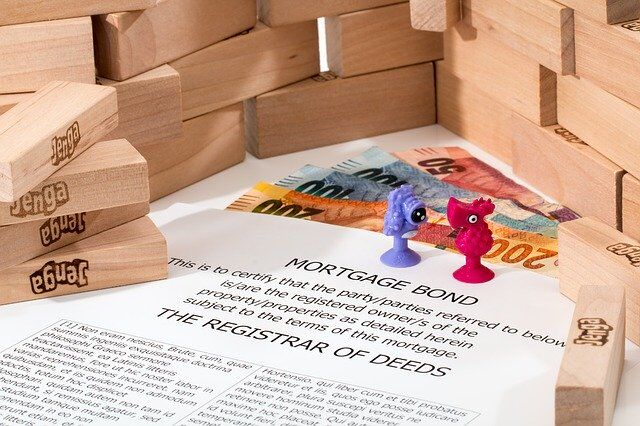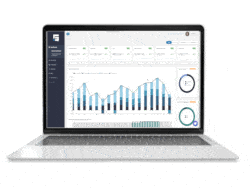There are some tough things about managing a commercial building. It’s important to know how to handle these disagreements in a good way. Tenant disagreements about Common Area Maintenance (CAM) costs are one of the most common problems property owners have to deal with.
When you rent a commercial place, it’s important to have clear lease terms that set out who is responsible for what in terms of common area maintenance. This blog post tells you how to settle tenant CAM issues step by step. If landlords follow these steps, they can handle these arguments quickly and keep good relationships with their tenants. Having these useful suggestions at hand helps landlords negotiate leases and make wise business decisions.
Understanding CAM Reconciliation
Managing shared expenses for companies in commercial buildings is handled through a CAM reconciliation process. If you understand what CAM charges are and what part lease provisions play, you can avoid disagreements and make sure your financial tracking is clear.
These are the costs that come with taking care of common areas like halls, lobbies, and landscaping. Some common CAM charges are:
- Janitorial services that include keeping shared areas clean and in good shape.
- Utilities that share areas need electricity, water, and heat.
- Repairs and maintenance take care of things like parking lots and elevators.
It is very important for lease agreements to be clear about what CAM charges cover. Having this much information helps you and the tenant understand each other better.
What are CAM expenses?
CAM expenses are required to maintain and repair common areas that commercial tenants share in a property. CAM is crucial to both the landlord’s and tenant’s business success. However, disagreements between property owners and tenants over CAM expenses can be complex and time-consuming. If a CAM dispute with a tenant arises, do the following:
Step 1: Review the Lease Agreement and CAM Clause
Begin by thoroughly reviewing the lease agreement and paying careful attention to the CAM clause. This clause outlines the tenant’s responsibilities regarding CAM expenses. By understanding the lease terms and conditions, you establish a solid foundation for addressing any disputes. Regular communication about any changes or updates to these charges can also help maintain clarity and trust between you and your tenants.
Step 2: Initiate Communication and Documentation
Open up clear and direct communication with the tenant concerning the CAM dispute. Request detailed information and supporting documents related to the issue in question. Properly document all discussions and interactions with the tenant to ensure a comprehensive record of the dispute.
Be sure to utilize STRATAFOLIO’s unlimited document and picture storage to keep copies of receipts and supporting documents, as well as building and construction warranties.
Step 3: Analyze CAM Expenses
Perform a thorough analysis of the CAM expenses. Review financial records, invoices, receipts, pro-rata share calculations, and other relevant documentation. It is crucial to ascertain whether the expenses fall within the scope of CAM expenses as outlined in the lease agreement. Presenting these records to the tenant can help clarify any confusion and demonstrate transparency in your billing practices. STRATAFOLIO recommends consulting with an accountant or legal professional to ensure accuracy.
Step 4: Engage in Mediation
In cases where initial communication fails to resolve the dispute, consider engaging in negotiation or mediation with the tenant. An impartial third party can assist in reaching a mutually agreeable resolution between the property owner and the tenant. Mediation is often a cost-effective and efficient alternative to resolving disputes without resorting to formal legal proceedings.
Step 5: Seek Legal Advice
If mediation does not bring about a resolution, seeking legal advice may be necessary. Consult with an attorney experienced in commercial real estate and landlord-tenant disputes. Your commercial real estate attorney can guide you through the legal aspects and recommend the most appropriate action to recover unpaid CAM charges.
Step 6: Arbitration or Litigation
Should legal advice dictate, be prepared for the extensive resources, time, and stress of pursuing arbitration or litigation. If mediation proves ineffective, arbitration or litigation may be the only option to reach a binding legal resolution.
Start Your CAM with STRATAFOLIO
When disputing CAM charges and operating costs, tenants could create considerable work and expense for commercial property owners. By following this step-by-step guide, landlords will gain the tools needed to efficiently and effectively handle these disputes. Remember to carefully review lease agreements, document all communication, conduct thorough analyses, and explore alternative dispute resolution methods before considering legal action. Through open communication, patience, and a willingness to find common ground, property owners can successfully navigate tenant CAM disputes while maintaining positive relationships with their tenants.
STRATAFOLIO can help you with your common area maintenance reconciliation and ensure the correct amounts are being collected or refunded to your tenants. Contact us today for more information.




